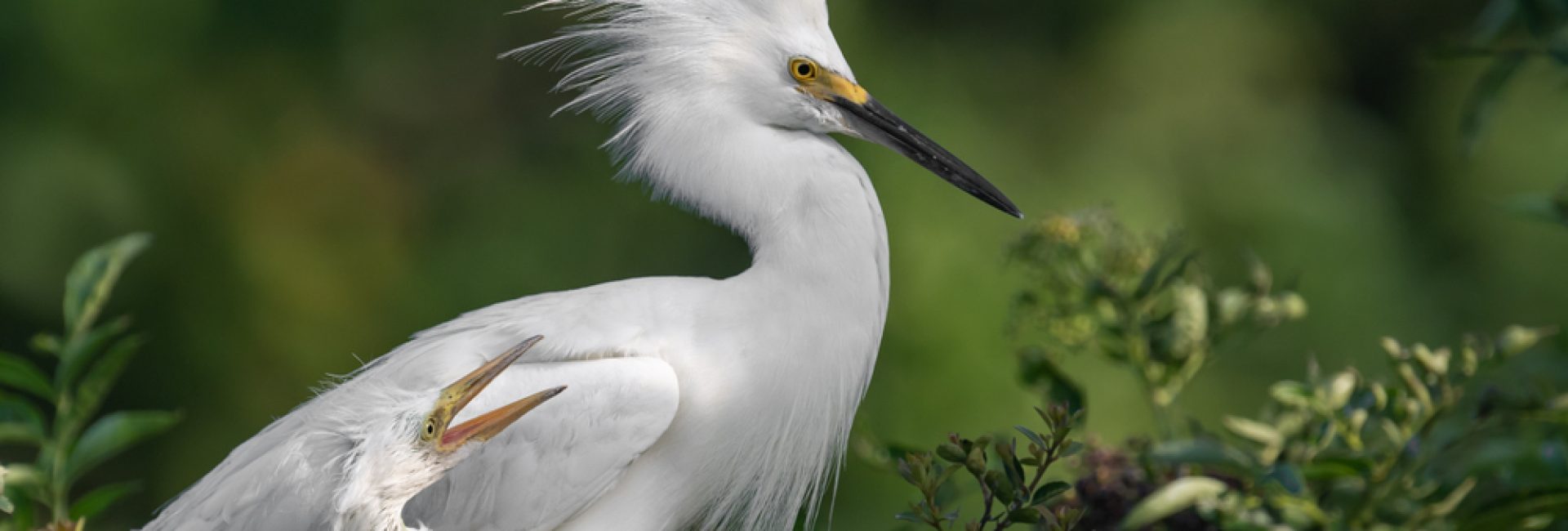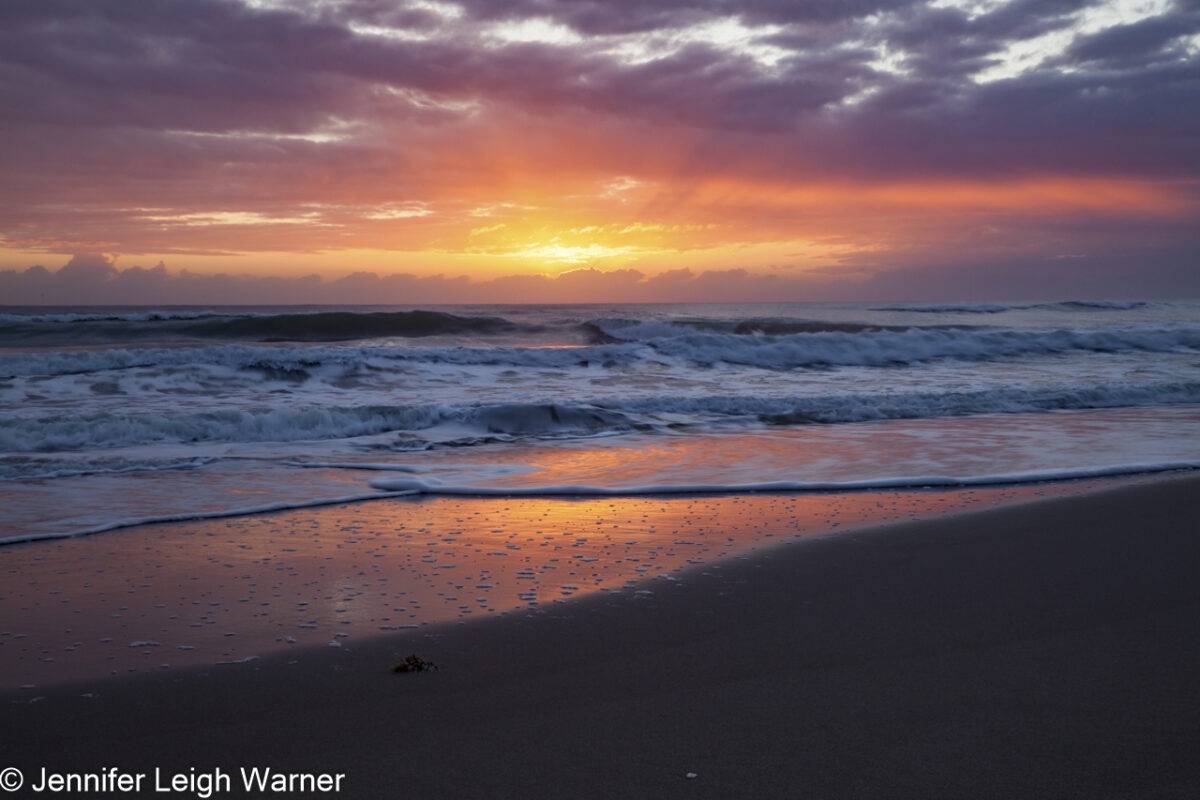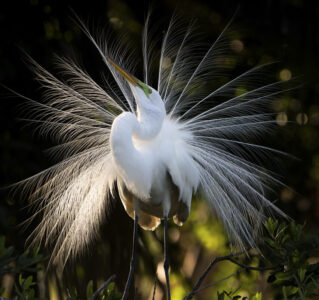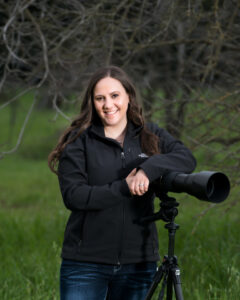

Photograph Florida’s Stunning Nesting Birds This Spring

Florida is bursting with new life in Spring, what better time to head to the Sunshine State to view and photograph nesting birds. Join Wildlife photographer, Jennifer Leigh Warner for a few days of exploring Florida’s wetlands and parks.
Target species:
- Sandhill Crane
- Roseate Spoonbill
- Great Egret
- Snowy Egret
- Limpkin
- Purple Gallinule
- Wood Stork
- Osprey
- Florida Scrub Jay
- Alligator
- Nine-banded Armadillo
Locations:
- Joe Overstreet Landing
- Orlando Wetlands
- Merritt Island National Wildlife Refuge
- St. Augustine Alligator Farm
Included in the price of this tour is a year round photographers pass to St. Augustine Alligator Farm.
About your leader….
Jennifer Leigh Warner is a fine art conservation wildlife photographer, writer, public speaker and workshop leader, living in Central Texas and specializes in creating meaningful images that conveys a message of hope for the natural world. Jennifer feels strongly that by sharing these images of beautiful animals in their natural environment, she can inspire those around her to preserve the world that we share with all living creatures.
Jennifer is a Certified Texas Master Naturalist, an Ambassador for Nature First and is on the Board of Directors for the North American Nature Photographers Association as well as serves as their chair of the Ethics Committee.
Jennifer works closely with conservation organizations to help support their missions to protect wildlife and the world around us. She believes that photography is a powerful tool to share these stories, educate photo viewers on important topics and inspire change.
Jennifer’s work has been published in Outdoor California, Gizmodo, the NANPA Expressions Magazine, Outdoor Photographer Magazine, WIRED, The New Yorker, National Geographic Online and Wild Planet Photo Magazine among others.
You can learn more about Jennifer and the conservation work that she does by visiting her website at www.experiencewildlife.com
5 Participants
$1,900
$200 Single Supplement
Payment Schedule: deposit due immediately to reserve space, remaining balance due March 2024.
Check others photography tours details: Great Bear Rainforest
APRIL 28TH – MAY 1ST, 2025
Day 1 (April 28)
- Arrive at Orlando International Airport where your tour leader will pick you up.
- Transfer to Orlando based hotel
- Evening photo session at Joe Overstreet Landing
- Afterwards we will have a welcome dinner
Day 2 (April 29)
- We will spend our morning photographing nesting birds in Orlando Wetlands.
- After a short break to refresh and recharge we will head to Merritt Island National Wildlife Refuge.
Day 3 (Apr. 30)
- We will spend our morning photographing at Orlando Wetlands
- After grabbing some lunch we will drive up to St. Augustine to check into our next hotel.
- In the late afternoon we will head into the St. Augustine Alligator Farm, which houses a wild bird rookery. This is one of the best places in the world to photograph up close nesting birds, such as herons, egrets and spoonbills.
Day 4 (May 1)
- We will spend our morning back at the St. Augustine Alligator Farm photographing nesting birds.
- We will drive back to Orlando for our late afternoon flights home.
- Expert guiding services
- Hotel accommodations day 1 – 4
- Photography mentoring
- Year round pass to St. Augustine Alligator Farm
- Pick up and drop off at Orlando Airport (MCO)
- All ground transportation
- Sunshine
- Good times and camaraderie with other women photographers
- Flights to and from Orlando Airport
- All meals
- Trip Insurance
- Gratuity for your guide/leader
Easy. You will be walking short distances on flat surfaces.
Camera Gear
Gear is a hassle when it comes to moving it through an airport these days, so proper planning is a necessity to ensure your gear arrives safe.
A large rolling bag works well for the majority of the camera gear (bodies, lenses, laptop, etc.) and moves through airports much more conveniently than a backpack (and saves your back).
A smaller camera backpack is great for carrying other gear and personal items while traveling as a personal item on a plane that then becomes a field bag during the trip. A smaller backpack, preferably with a water-proof cover, or fanny pack or small backpack can be ideal for use in the field to carry batteries, smaller lenses and converters. Because activity can happen quickly, I recommend keeping your camera(s) with the lens mounted on a shoulder strap, mounted to the tripod or chest harness (like Cotton Carrier) for quick access yet secure while moving.
Lenses: Wildlife in Florida tends to be a little closer than your typical wildlife photography trip. Because of this I would recommend some flexibility when it comes to packing lens. Having a zoom lens such as a 180-600mm, 200-500mm or 100-400mm will be your best option. If you want to use a prime lens, such as a 400mm or a 600mm, I would recommend having a second smaller lens, such as a 70-200mm as a backup for those close up situations.
Landscapes and environmental portraits are a great way to capture the scene as well, so I recommend having a wide angle lens, such as 18mm or a 24-70mm.
- Camera bodies: At least one camera body. A second camera body is recommended with extra camera batteries for versatility on lenses and/or if one camera body fails or breaks during the trip. Remember the charger and power cords. Remember to try and avoid switching lenses in the field to prevent moisture getting into the body or lens. Multiple bodies help with this concern too.
- Digital media. Bring enough memory cards last you a full 3 days’ worth of photographing. Ideally these cards should have a fast read and write speed to avoid buffering out in the field during intense periods of action.
- Computer: A laptop with enough storage and processing space for downloading and editing images. Make sure to bring the power charger. Laptop should also be loaded with at least one photo editing software. Weight is a concern so this would be one way to reduce weight if you are not concerned about editing during the trip. You should still have some sort of device to transfer files from the camera card to a hard drive so you have a backup of your images during the trip.
- Card Reader: to transfer images. Make sure it works for the cards you use.
- Back-up storage: I recommend downloading all images each day during the trip to one back-up storage drive and to the laptop. This will provide two copies of all images (to prevent loss of images prior to returning home) and allow you to empty the memory cards as needed for use in the field. Keep these in your carry-on bags.
- Tripod: A sturdy tripod with a gimbal head for long lenses.
- Extra batteries: Remember to bring chargers and power cords as well.
- Rain gear: Weather is very likely during our trip. Protect your camera gear by using rain covers for the camera body and lens. Remember to bring something for your camera field bag as well if it is not waterproof. Extra Ziploc bags can be useful for the odd need to keep items dry, such as tissues.
- Cleaning equipment: Sensor brush, micro-fiber cloths, blower, lens solution. The cold can be tough on the front glass so plenty of cloths for in the field.
Other considerations
- Reusable water bottle or backpack bladder
- Binoculars
- Sunglasses/glasses
- Waterproof Hiking boots
- Socks
- Brimmed hat
- Layers, it will start a little cool in the morning but heat up as the sun rises. We will also have mosquitos so consider a long sleeve, breathable shirt.
- Light Rain jacket
- Hand sanitizer
- Sunscreen
- Mosquito repellent, NOT DEET

